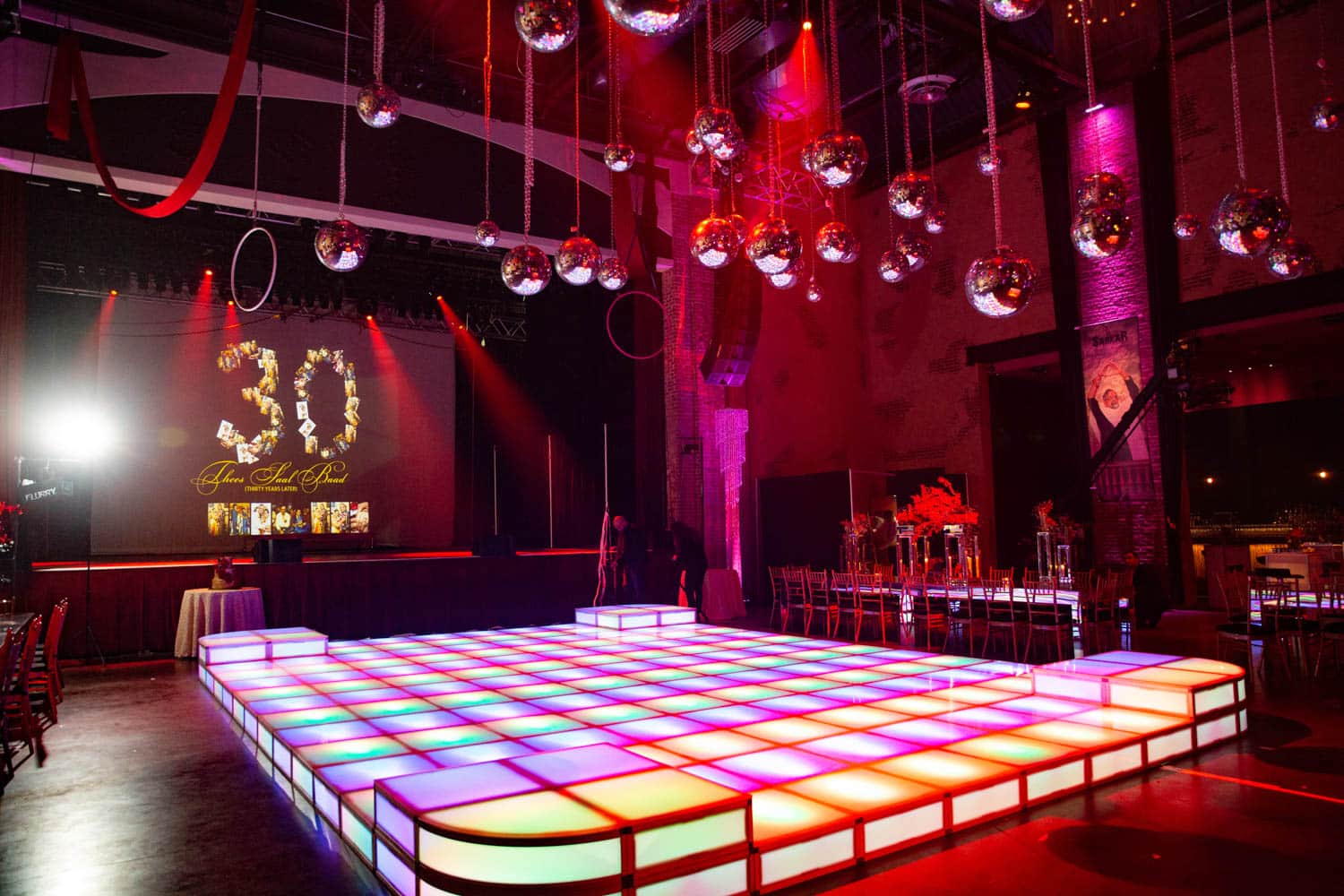Transforming Audience Interaction Via Immersive Virtual Reality Experiences in Live Performances
Transforming Audience Interaction Via Immersive Virtual Reality Experiences in Live Performances
Blog Article
In the past times, virtual reality has emerged as potent instrument for boosting audience involvement in live productions. This technology allows viewers to submerge oneself in a 3D setting, crafting a distinct experience that traditional media cannot duplicate. Through utilizing VR, creators can move viewers into the core of the performance, causing them sense as if they are integral of the show. This groundbreaking method not only captivates viewers but also opens up new opportunities for narrative and engagement.
A of the primary advantages of employing VR in live performances is the ability to create a more interactive experience. Audiences can engage with the show in the moment, shaping the result or discovering different viewpoints. For instance, in a theater production, viewers wearing VR headsets can choose to follow specific characters or segments, enabling them to customize their encounter. This degree of engagement cultivates a more profound bond between the viewers and the performance, making it more memorable and impactful.
Moreover, VR tools can improve the visual and auditory elements of a live production. With high-quality graphics and sound design, producers can create stunning settings that draw viewers in. click to find out more This immersive quality can raise the overall experience, making it more engaging and enjoyable. For example, a concert can be transformed into a multi-sensory experience, where fans feel as if they are standing in front with the artists. Such improvements not just draw bigger viewers but also encourage repeat attendance, as audiences look to re-experience the excitement.
In addition improving audience engagement, VR can also provide valuable insights for producers. By examining how audiences engage with the virtual environment, creators can gather information on viewer likes and actions. This data can inform future productions, helping to tailor content to better meet the needs and wants of the viewers. As a consequence, VR not just enhances the current experience but also contributes to the evolution of live performances as a complete entity.
With the technology continues to advance, the possibilities for VR in real-time performances is immense. Ranging from stage shows and musical events to athletic competitions and festivals, the possibilities are endless. Through adopting this cutting-edge method, producers can revolutionize the way audiences engage with real-time performances. As more creators investigate the incorporation of VR, it is probable that we will see a shift in how shows are designed and presented, eventually leading to a more engaging and participatory prospect for real-time productions.